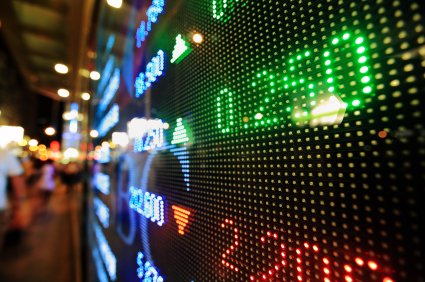Although less-than-impressive Chinese manufacturing figures and disappointing domestic data piled pressure on the ‘Aussie’ this week, the South Pacific currency is still poised to post a modest five-day gain against its US counterpart.
The Australian Dollar was also slightly stronger against the Euro having gained on its European rival yesterday in the wake of the release of concerning inflation data for Germany.
During Australasian trading the ‘Aussie’ received underlying support from speculation surrounding next week’s Reserve Bank of Australia policy meeting and an unexpected gain in domestic private sector credit.
The 3.9 per cent year-on-year advance was up from an increase of 3.8 per cent in November and was more than the 3.7 per cent forecast.
In the opinion of industry expert Thomas Averill, ‘Interest rates in Australia have bottomed; we don’t expect another cut by the RBA, and the next move will be a hike before the end of the year. The Aussie had a big whack already against most major currencies. We expect the low in the Aussie to be not too far from where we are at the moment.’
Meanwhile, the appeal of the Euro diminished further as German retail sales unexpectedly declined.
Rather than increasing by 0.2 per cent in December, traditionally the busiest shopping period, sales plummeted by 2.5 per cent month-on-month.
On the year, sales dropped by 2.4 per cent instead of climbing the 1.9 per cent expected.
November’s sales increase was negatively revised.
Of course the EUR/AUD pairing could well experience additional movement as the day progresses as a result of Eurozone inflation and unemployment figures.
If the currency bloc’s consumer price index adds to growing deflation concerns the Euro could turn bearish, so we forecast that the Euro to Australian Dollar exchange rate will end the week lower.
Next week the Australian reports to look out for include the nation’s AiG Performance of Manufacturing Index, the RBA rate decision, the AiG Performance of Service Index, trade balance figures, December’s retail sales report, the NAB business confidence measure, the AiG Performance of Construction Index and the RBA monetary policy statement.
China’s non-manufacturing PMI will also be of interest, as will final manufacturing and services figures for the Eurozone and its largest economies.
Euro (EUR) Exchange Rates
[table width=”100%” colwidth=”50|50|50|50|50″ colalign=”left|left|left|left|left”]
Currency, ,Currency,Rate ,
Euro,
Euro,
Euro,
Euro,
Euro,
[/table]
